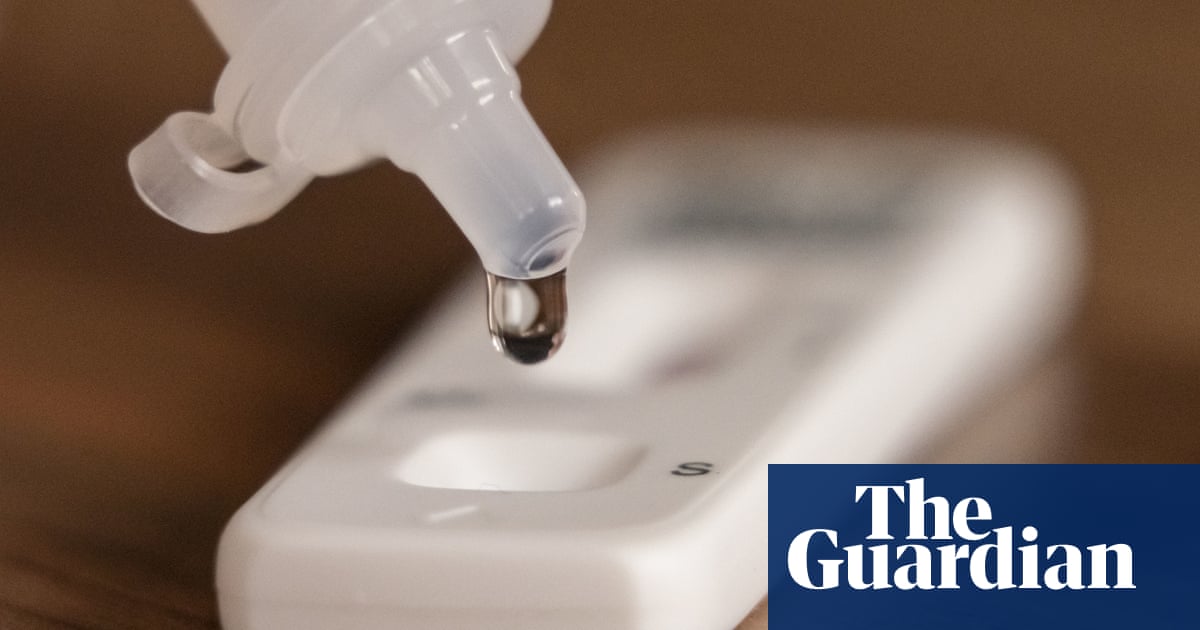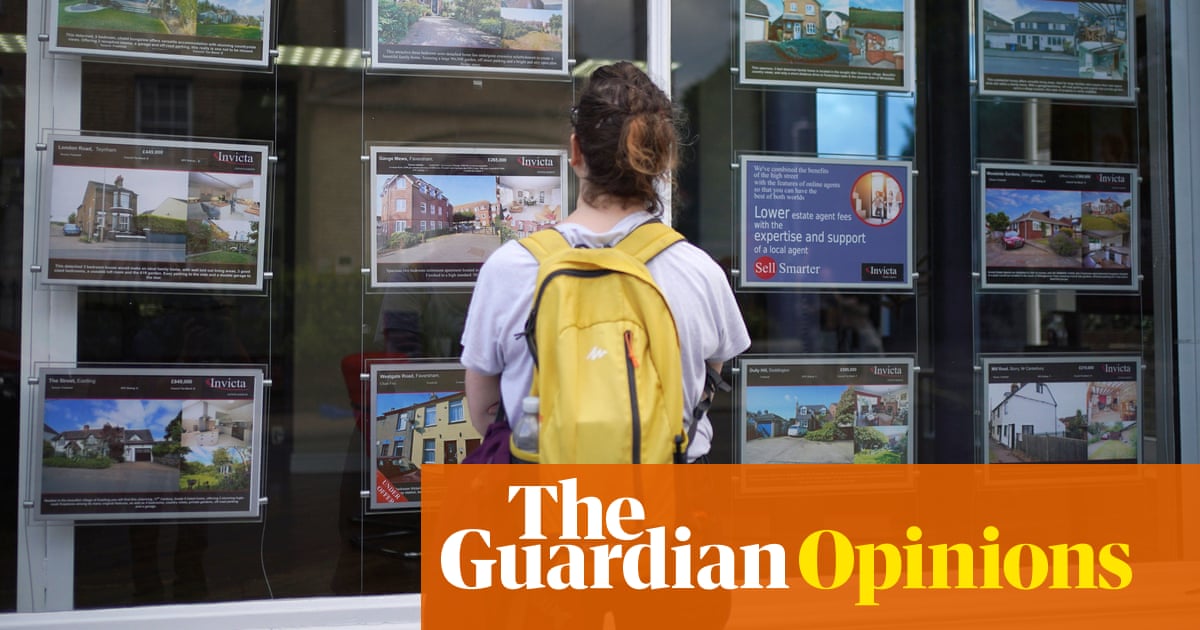
hen the first wave of the coronavirus pandemic reached southern Florida’s shores, Bal Harbour residents braced themselves. In early March, health department officials confirmed a New York man who tested positive for coronavirus had spent time in the wealthy enclave. About a week later, a pair of Bal Harbour rabbis were among the first people in Miami-Dade county to test positive for the virus.
The mayor, Gabriel Groisman, quickly went into isolation because he had been with one of the rabbis, Sholom Ber Lipskar. Grosiman advised anyone who had come in contact with Lipskar and Rabbi Moshe Gruenstein over the previous 14 days to also self-isolate.
In Surfside, a small town neighboring Bal Harbour where the rabbis’ synagogues are located, officials closed the town hall and other facilities and non-essential staff were ordered to work from home. Surfside residents received a notice cautioning individuals who had met with anyone who had been in close contact with Lipskar to self-monitor for any Covid-19 symptoms.
Groisman said he and other local leaders had legitimate concerns about coronavirus spreading across Bal Harbour, Surfside and Bay Harbor Islands. But the outbreak never arrived. As coronavirus ravages Miami Beach and mainland Miami, Bal Harbour has emerged mostly unscathed from the pandemic. According to the Florida department of health, 49 of 3,039 Bal Harbour residents had tested positive through 8 August.
“Rabbi Lesker being one of the first coronavirus patients was an early sign that we needed to take this very seriously,” Groisman said. “So far, we have avoided a big outbreak in our community.”
So has Surfside, Bay Harbor Islands and Sunny Isles Beach, a city just north of Bal Harbour that has seen a development boom of luxury condominiums in recent years. Surfside, with a population of 5,802, also has 49 cases. Bay Harbor has recorded 45 cases in a village of 5,553 people. And 22 residents in Sunny Isles Beach, home to 20,832 people, have tested positive.
While Groisman credits strong small municipal leadership and compliant residents with the low coronavirus counts, the village and its neighbors are among the most affluent places in south Florida.
Buffered from the summer surge in cases that turned Florida into one of the nation’s Covid-19 centers and has now killed more than 10,000 Floridians, wealthy coastal locales like Bal Harbour illustrate how sharp the socioeconomic divide is in Miami-Dade in the face of the pandemic.
About 30 minutes away from Bal Harbour, a blue-collar, predominantly Hispanic city is struggling to contain the coronavirus. Roughly 8.5% of the 238,942 residents of Hialeah, the second largest municipality in Miami-Dade, have tested positive for Covid-19. The city’s 20,261 cases is the fourth-most of any city in Florida.
In between Bal Harbour and Hialeah, some of Miami’s historically low income, African American neighborhoods have also been hit hard. In Allapattah, Brownsville, Liberty City and Little River, 7,313 residents have contracted coronavirus, according to the Florida department of health’s most recent daily report.
Dr Bernard Ashby, a Miami cardiologist and the Florida state lead for the Committee to Protect Medicare, said wealthy municipalities like Bal Harbour, Bay Harbor Islands, Surfside and Sunny Isles Beach are largely segregated from the rest of Miami-Dade.
“You are seeing the distinction between the haves and the have-nots,” Ashby said. “If you look at all the negative indicators of this virus, it directly correlates with a person’s race and socioeconomic status.”
Indeed, Hialeah has hit a crisis point. In July, when Florida experienced its highest surge in new cases, the Hialeah fire department was under severe strain, city firefighter Eric Johnson told the Guardian. “We are so slammed,” he said. “About 80% are related to Covid-19.”
It’s not just the fire department fighting to keep up with the number of cases. A local funeral home began storing bodies inside a refrigerated shipping container because it ran out of room. Emergency workers like Johnson are putting themselves in danger on almost a daily basis. On 1 August, Covid-19 claimed the life of Dr Carlos Vallejo. According to the Miami Herald, the 57-year-old physician’s family said he was caring for as many as 76 Covid-19 patients.
“This pandemic has taken a real toll on the city’s first responders,” Johnson said. “Not just from the standpoint of PTSD, but also fatigue from the sheer amount of calls we are getting. We are spiraling out of control and Hialeah has become an epicenter.”
Across the causeway, Bal Harbour has kept the virus in check largely due to a proactive village council, Mayor Groisman said.
He insists there is no correlation between Bal Harbour’s affluence and the low number of cases. “We were among the first that did a shelter-in-place order,” he said. “We worked hard to enforce travel restrictions from hot states like New York. And our community as a whole was doing the right thing. All those things together led to our numbers being lower than some other areas.”
Still, the pandemic has accelerated the wealth gap while having a disproportionate impact on middle- to low-income workers whose jobs dictate they show up, said Ana Bozovic, a Miami-based real estate market analyst.
Despite Miami-Dade being a coronavirus hot zone, Bal Harbour, Bay Harbour Islands and Surfside are still attracting high net worth buyers from New York and other parts of the north-east, Bozovic said. These people, she added, can isolate themselves from the world in multimillion-dollar waterfront condos and single family homes.
“With the investor class, their work is based on intellectual capital and they can work remotely.” she said. “There are people looking to move out of New York City and other densely populated places due to the pandemic.”
Renée M Grossman, a real estate agent who lives in Bay Harbour Islands, said single-family home sales in Bal Harbour between June and July were dominated by out-of-towners, including last month’s $23.2m purchase of an 11,783-sq-ft waterfront mansion by an entity managed by British investor and developer Richard Kilstock.
Bal Harbour, Bay Harbor Islands, Surfside and Sunny Isles Beach are far enough away from Miami’s Covid-19 hot zones that luxury homebuyers don’t worry about it, Grossman said.
“The north-easterners are coming here because it is a solid area. They want space and are looking to get away from the density in New York. They don’t bring up coronavirus when asking questions,” she said.
Hialeah, on the other hand, is a densely populated city where it’s not unusual for multiple families to live under the same roof. Johnson, the firefighter, said these living conditions make it ripe for coronavirus to spread easily through person-to-person contact.
“We will go to a home where 10 to 12 people live there and pick up someone who is symptomatic,” he said. “The others will likely become positive because of the one infected person.”
The city’s residents are also most likely working jobs that requires them to be there physically, said Dr Mona Mangat, a physician based in St Petersburg who is also a member of the Committee to Protect Medicare.
“If we look specifically at the makeup of these communities, they tend to do more frontline jobs, so they are more likely to be exposed,” Mangat said. “More than likely they do not have access to consistent healthcare.”
The risk of not going to work and getting paid will often overcome the risk of feeling sick and possibly spreading an illness, Mangat explained. “They have to make a tough decision.” she said. “And because these workers likely live with large families in these denser communities, that is how this disease spreads. The issue is so massive that it is almost daunting.”












